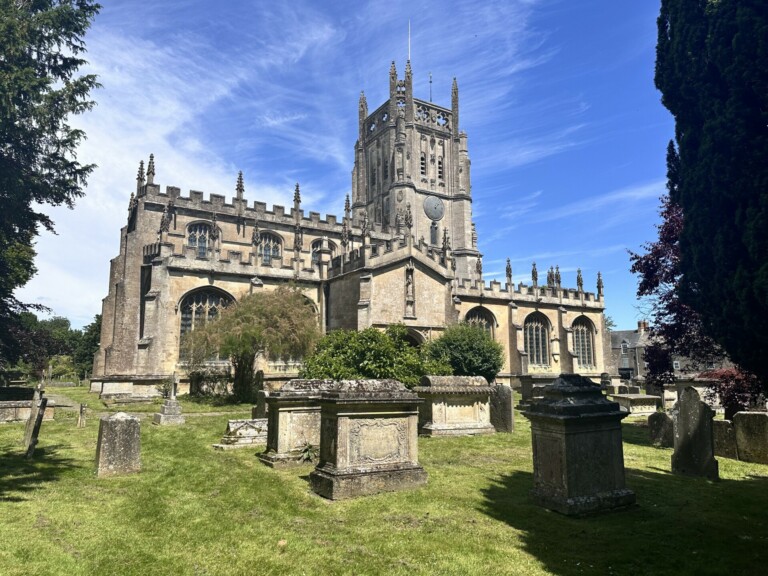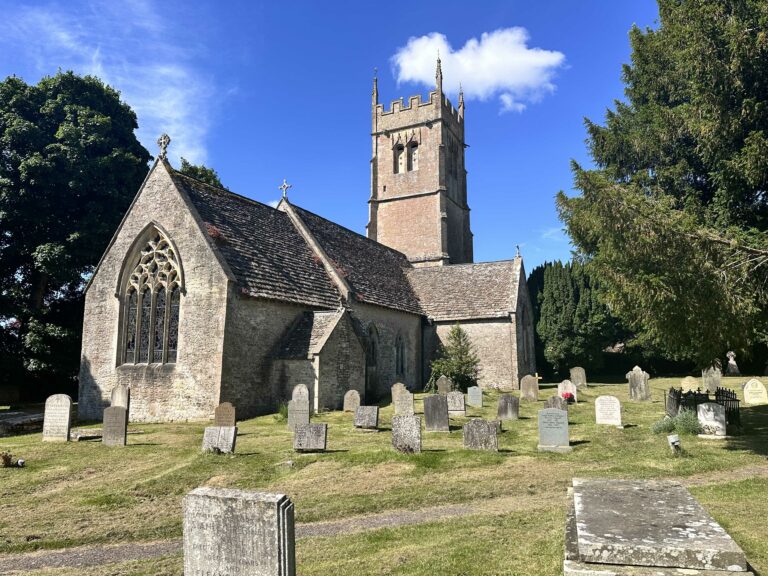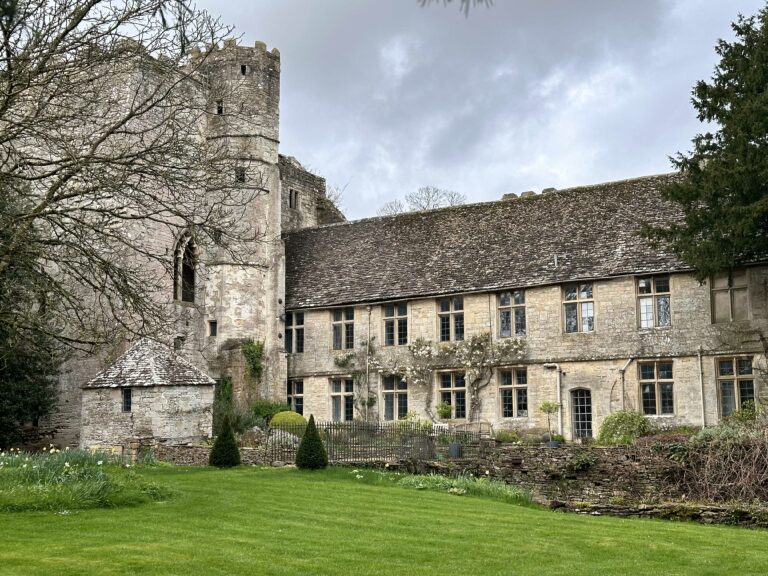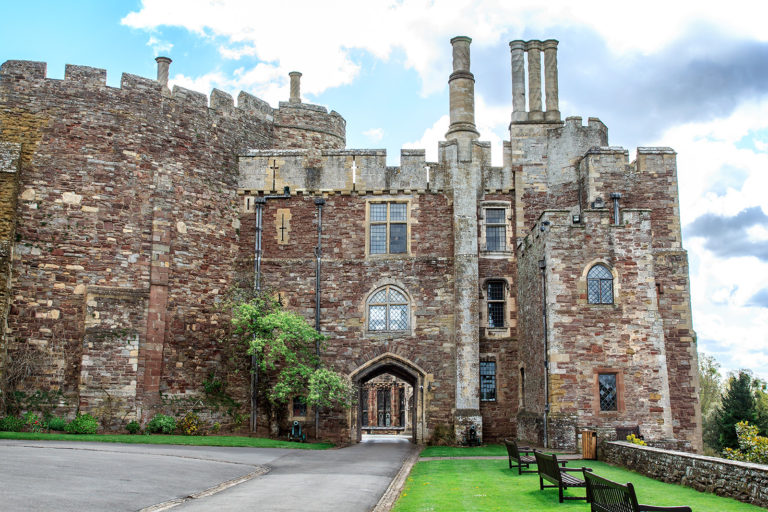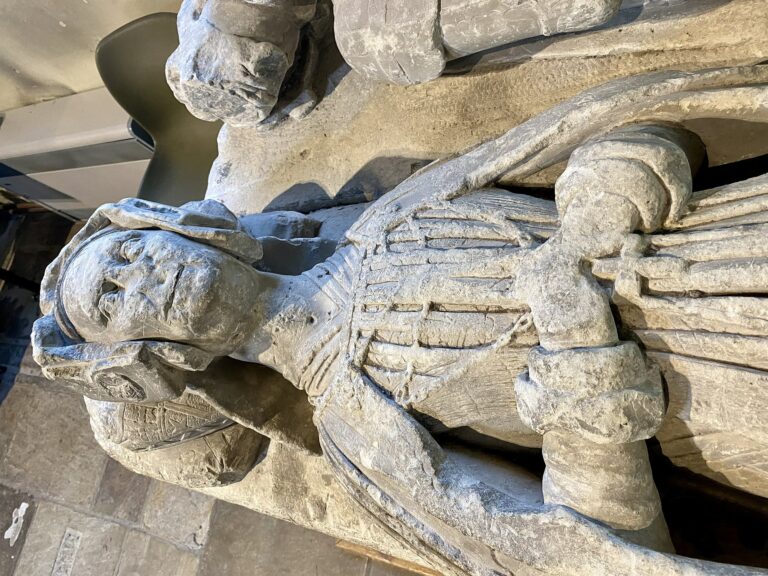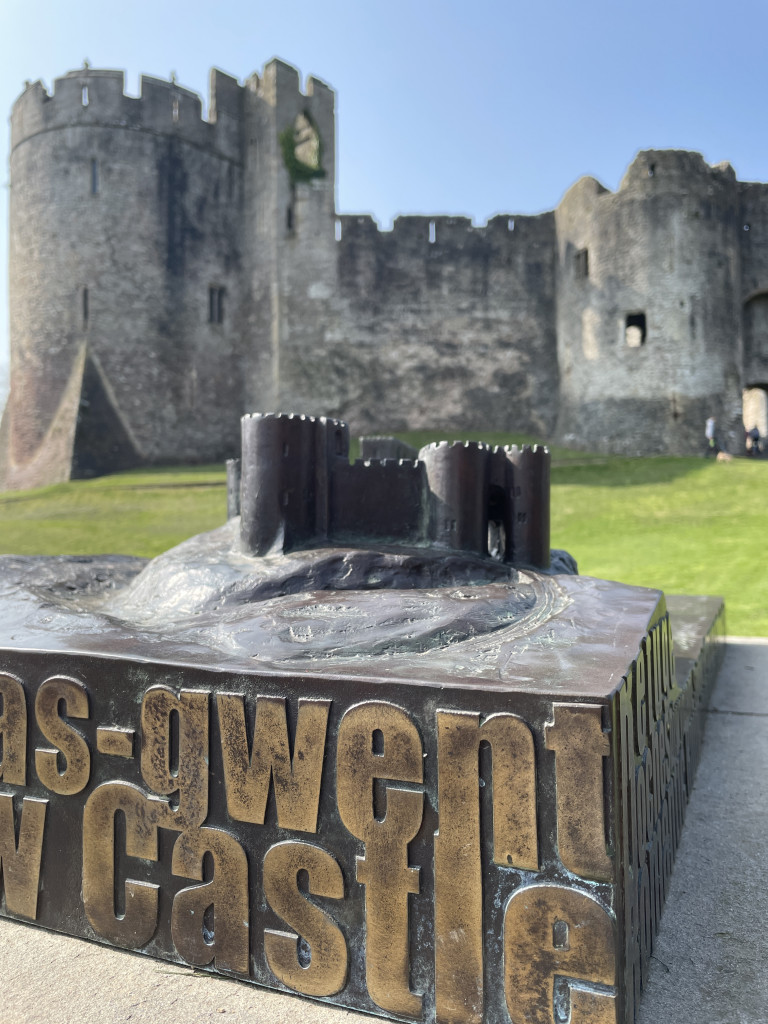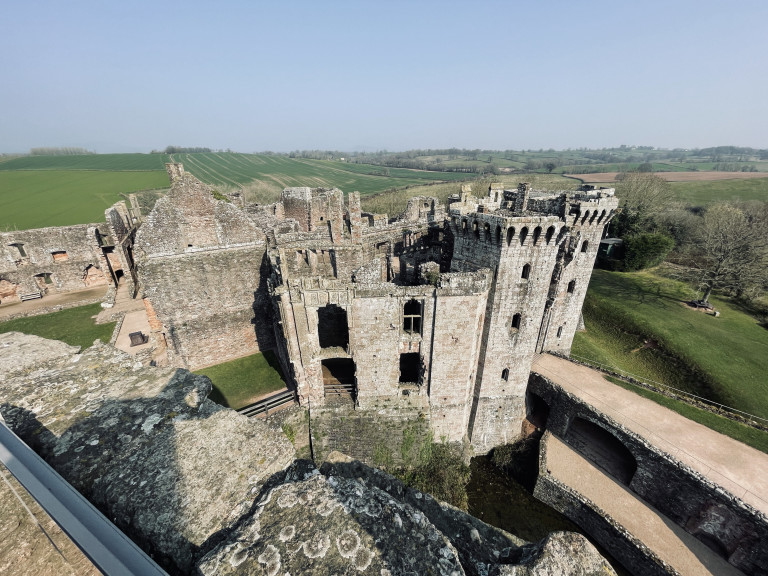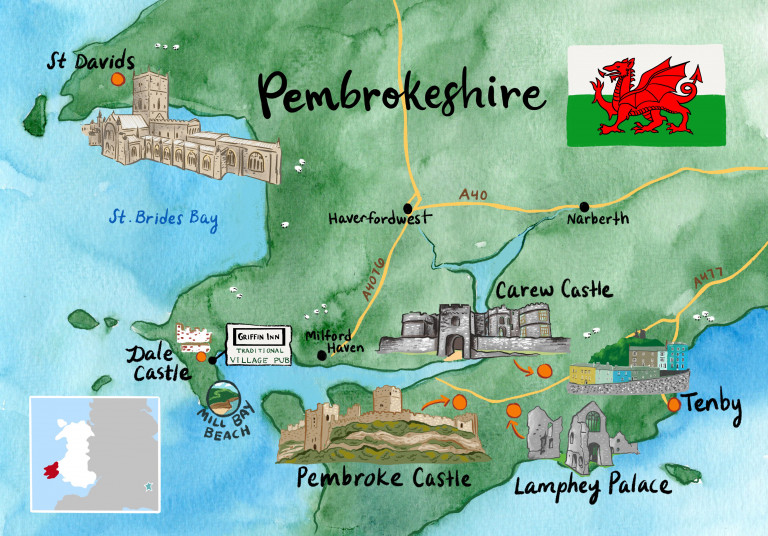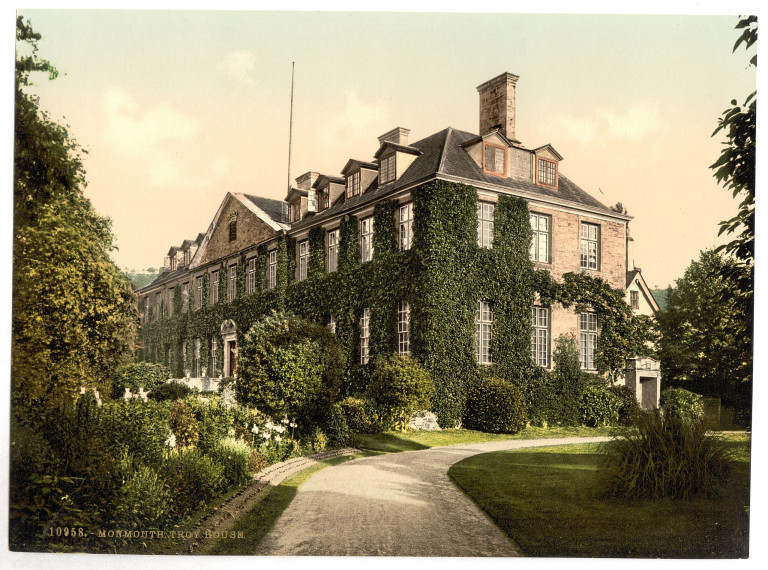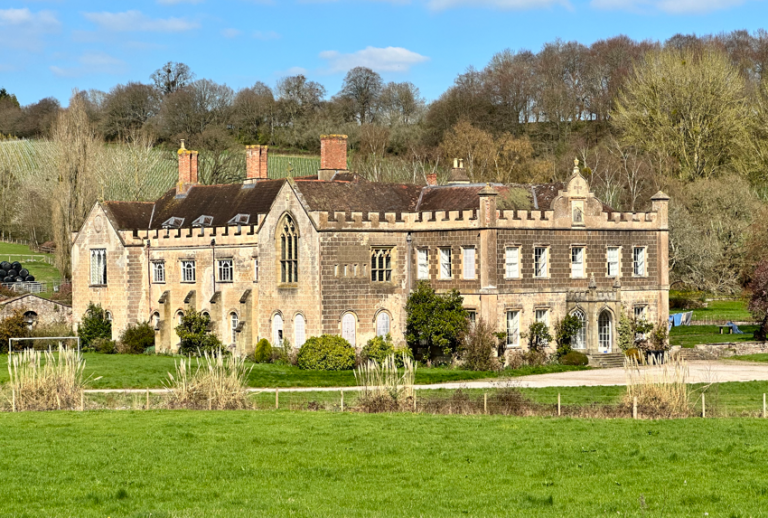Raglan Castle: Arrival and Family Ties
When Elizabeth and Henry left Troy after five days of hospitality, they had only a short seven-mile journey in a south-westerley direction to reach their next destination, Raglan Castle (or ‘Ragland’ as it was known until at least the early nineteenth century).
An 1801 account of the road from Monmouth to Raglan describes the scenery the royal couple would have encountered as they began their journey, ‘On leaving Monmouth the road leads for near two miles thro’ a pleasant enclosed valley, skirted by gentle swellings, clothed or cultivated to their summits but gaining the higher ground at Wonastow. The view unfolds itself in a beautiful and extensive manner, over a rich and fertile country…’
The royal party arrived at Raglan Castle on or around 19 August. Their stay there was the apex and, in many ways, the centrepiece of the visit with its incumbent lord, the King’s loyal and erstwhile brother-in-arms, Sir Walter Herbert, playing host…
To read the entire article, join the membership by clicking the red button in the top right hand corner of this page.

